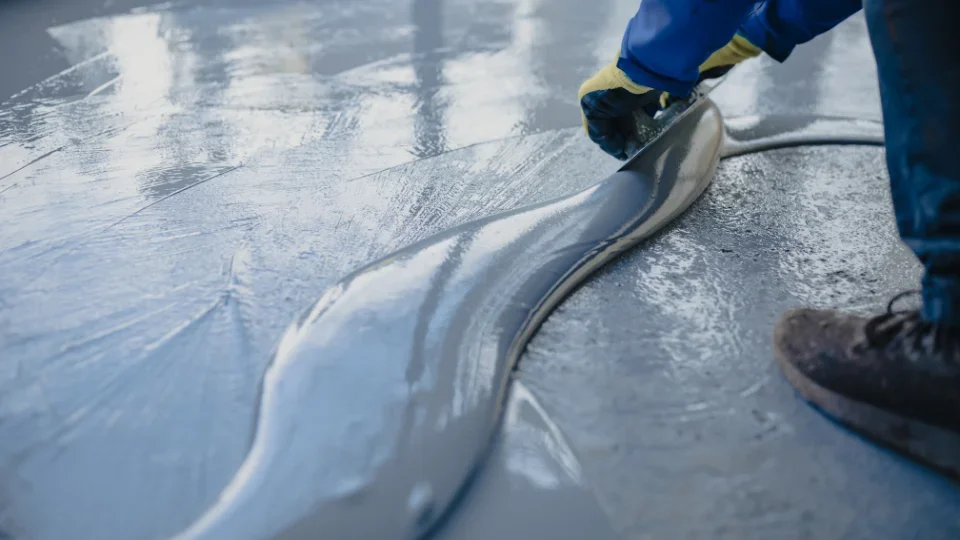Warehouse Floor Striping Services: Boosting Safety and Organization
In a fast-paced industrial environment, precision and organization are more than operational perks—they're necessities. Warehouse floor striping services play a crucial role in shaping how safely and efficiently your space operates. From guiding foot traffic to clearly marking hazardous zones, floor striping isn't just about paint—it's about performance. For commercial clients who value both safety and workflow, professional floor striping is a smart investment.
Why Warehouse Floor Striping Services Matter
Enhanced Safety for Workers and Equipment
The most immediate benefit of warehouse floor striping services is improved safety. Proper markings reduce the risk of accidents by designating pathways for workers, forklifts, and other equipment. This clear separation of traffic reduces collisions and enhances awareness throughout the warehouse.
Optimized Organization and Workflow
Clear, consistent floor markings allow for better inventory management and logistics flow. Zones for storage, staging, and receiving can be clearly designated, helping staff work faster and more efficiently. For commercial facilities handling large volumes of goods, this translates into measurable productivity gains.
Regulatory Compliance
Compliance with OSHA and other safety regulations is non-negotiable. Warehouse floor striping services help facilities stay within legal boundaries by ensuring walkways, fire exits, and hazardous areas are appropriately marked.
Types of Warehouse Floor Striping Services
Permanent Epoxy Striping
Epoxy striping is ideal for high-traffic areas. It resists wear and chemical spills, making it a go-to for many industrial facilities. Mccord Contractors Inc. specializes in epoxy applications that are both durable and cleanly executed.
Removable or Temporary Striping
In some environments, flexibility is key. Removable striping options allow for layout changes without extensive downtime or surface damage. These are useful in dynamic warehousing or manufacturing operations.
Best Practices for Implementing Warehouse Floor Striping Services
Start with a Site Assessment
Every warehouse is different. Professional striping begins with a detailed assessment of traffic patterns, hazard zones, and operational needs.
Use Color Coding Strategically
Color coding helps workers immediately recognize zones and hazards. For example, yellow typically indicates pathways, while red flags danger zones. Consistent use of color reinforces employee training and reduces cognitive load.
Maintain Regular Re-striping Schedules
Even the best floor striping wears over time. Scheduling regular touch-ups or full re-stripes keeps your facility looking sharp and functioning at peak performance.
Common Challenges and How to Overcome Them
High Traffic Wear and Tear
Heavy forklift use can wear down even the best striping. Choosing industrial-grade epoxy and partnering with experienced contractors like McCord Contractors Inc. helps ensure long-lasting results.
Downtime During Application
Some facility managers worry about downtime. Professional crews can work around operational hours or apply fast-curing materials to minimize disruption.
Floor Surface Issues
Older or damaged floors might need prep work before striping. Skipping this step leads to poor adhesion and faster deterioration.
Integrating Technology with Floor Striping
Today, smart warehouses are pairing physical striping with digital tracking systems. QR codes, embedded sensors, and automated guided vehicles (AGVs) rely on visual cues to navigate. Investing in clear, consistent striping supports these technologies.One of the top reasons to modernize warehouse operations is to improve efficiency through better layout design—and floor striping plays a key role in that transformation.
FAQ: Warehouse Floor Striping Services
How long does warehouse floor striping last?
With proper materials like epoxy and good surface prep, striping can last several years, even in high-traffic zones.
Can floor striping be done without shutting down operations?
Yes. Many providers, including Mccord Contractors Inc., offer flexible scheduling and fast-curing products to limit or eliminate downtime.
What colors should I use for striping?
There are standard industry recommendations, like yellow for aisles, red for hazards, and blue for equipment areas. A consultant can help tailor a scheme to your needs.
Is floor prep really necessary?
Absolutely. Proper surface prep ensures better adhesion and longer-lasting striping. Skipping it is a false economy.
How often should we re-stripe our warehouse floors?
That depends on traffic and usage, but most facilities should inspect striping every 12-18 months and reapply as needed.
Improve Safety and Efficiency with Professional Striping
Warehouse floor striping services are more than just a visual upgrade—they're a key strategy in improving workplace safety, organization, and efficiency. For commercial facilities, investing in professional striping pays off in fewer accidents, faster workflows, and better compliance.Don’t leave your warehouse layout to chance. Contact Mccord Contractors Inc. to schedule a consultation and see how expert floor striping can elevate your operation.

